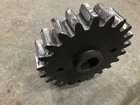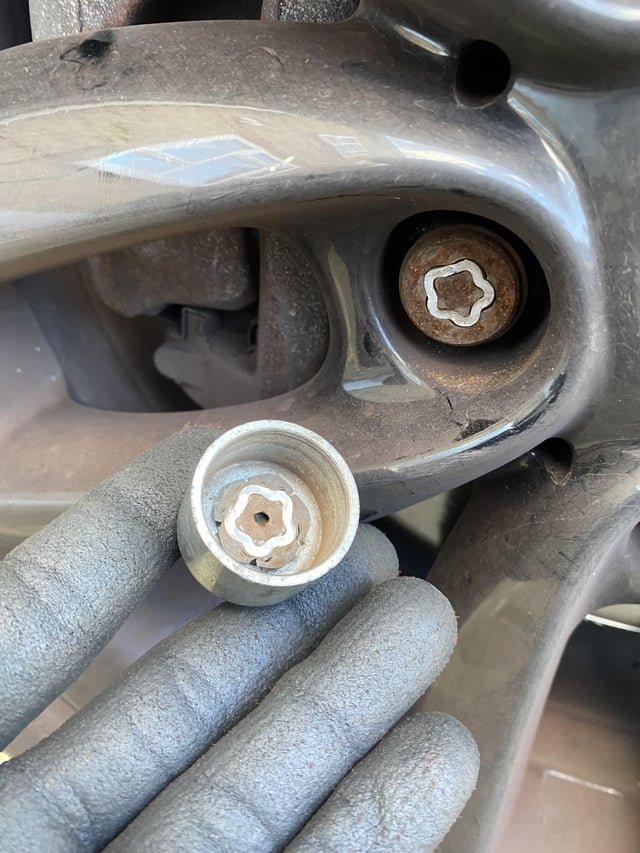In the 1990s, national champions from abroad and ex-F1 racers would compete in the BTCC
New rules formulated by the BTCC for 1991 took the racing series to new heights and attracted global attention
The British motorsport landscape had never seen anything like the boom time of the British Touring Car Championship through the 1990s. International drivers and manufacturer-backed programmes flocked to the UK to battle it out for what had become the most prestigious tin-top series on the planet.
The domestic series had seen the writing on the wall for saloon car racing before anyone else and set a trend that, ultimately, the rest of the world followed for a glorious decade. At its peak, there were 10 manufacturer-supported teams in the BTCC, robust television coverage and a phalanx of international stars all chasing the British accolade.
It was a long journey from the decade before. In the 1980s, tin-top racing had been fought out between cars of different specifications and engine capacities all scrapping for honours on the same track.
The champion could come from any one of those intra-class fights, and it had been that way since the British Saloon Car Championship was first contested in 1958.
In 1990, four of the leading players in the competition sat down to map out a future in which it would embrace a changing world: David Richards, who was running the BMW programme with his Prodrive operation; Dave Cook, who was in charge of the works Vauxhall team; Andy Rouse, a master engineer and four-time BTCC champion with strong links to Ford; and leading privateer Vic Lee.
The result was a 2.0-litre-only format. In the days of Filofaxes and the first attainable mobile phones, fleet cars were like gold to road car makers, so this was a rich seam for the BTCC to mine when looking for a style of machine that would appeal to the mass-market manufacturers.
There was another consideration too: the BBC had committed to covering the series in 1988 and the highlights packages that appeared on its flagship Grandstand TV programme were beginning to gain traction with a wider audience. A simpler-to-follow format for broadcasting was a major added bonus.
With the brains behind the revolution all running their own teams, Australian Alan Gow was put in charge of overseeing the introduction of the new rules and guiding the newly founded organisational body TOCA in the right direction.
The new-formula cars first appeared in 1990 alongside the outgoing Group A-specification machines before a fully unified field of 2.0-litre cars took to the starting grid at the beginning of 1991.
The success was huge, and it wasn’t long before the global rule makers took notice. In 1993, motorsport’s global governing body, the FIA, adopted the UK’s regulations and named them Super Touring. This British creation went on to dominate the world.
“When we started out with it, of course we didn’t know it would go around the planet and become what it did. It was only ever devised as a British set of regulations, so you can’t really call it some kind of masterplan!” says Gow.
Because the rules were initially for the UK only, any potential manufacturer wouldn’t have to go to international governors to rubber-stamp and ratify a competition car. That meant that the UK arm of each manufacturer had an achievable motorsport programme within its remit for the first time.
“It opened up the series to those who didn’t want to spend huge amounts on getting their cars homologated,” continues Gow. “The prevailing direction for road car firms at the time was 2.0 litres, and that’s why that option was chosen. It simplified everything, it cleared the way for manufacturers to enter and, as a by-product, it made the racing simpler for the TV viewers to understand. The car that crossed the line first would battle for the title, which was the way it should be.”
In that inaugural season of 1991, there were four factory-supported teams. By 1994, in a mark of success of the regulations, the total had grown to 10: Alfa Romeo, BMW, Ford, Mazda, Nissan, Peugeot, Renault, Toyota, Vauxhall and Volvo.
The driver market was in boom time too. From a smattering of plucky privateer entries and a handful of properly funded established stars, the expanding grid boasted ex-Formula 1 drivers, huge budgets and the latest technology, tempting tens of thousands trackside to enjoy the entertainment. The bubble was being inflated as each season passed.
John Cleland flew the flag for the home-grown talents among the influx of overseas talent. He prevailed in 1995 in his Vauxhall Cavalier, defeating rivals from seven different countries as well as the British regulars.
“It was actually an honour to race against all these highly feted drivers from around the world,” the Scotsman recalls. “I had come up through the UK ranks, where it was all ‘jolly good stuff’ and ‘after you’ type racing. When Johnny Foreigner came in to drive in the BTCC, they weren’t just any old foreigner – they were the German champion, the Italian champion, the French champion or ex-Formula 1 drivers.
I never felt like they were muscling in on my turf. It was such a change from the late 1980s, but I embraced it. It showed me – and the wider world too – that I could beat the best. So as far as I was concerned, the more the better.”
It wasn’t only a halcyon period for the drivers but for the teams too. With funding coming directly from manufacturers, they had access to bank accounts big enough to exploit any technical avenue they wanted.
The Williams Grand Prix Engineering team joined the line-up to run Renault’s efforts and Tom Walkinshaw Racing, which owned the Arrows F1 team, ran the Volvos from 1994.
Ian Harrison, Williams’ F1 team manager, switched his focus to the BTCC with the Laguna initially before going on to create the benchmark Triple Eight Race Engineering squad, which ran the Vauxhalls from 1997.
“There was almost too much you could do to the cars, and if you didn’t quite have the budget, you were always playing second fiddle to the others,” he recalls. “It was such an open book for engineering, which meant it was an interesting challenge for those who like that kind of thing. You could spend as much money as you wanted to drill down into the finest detail. It was nirvana for the engineers. But the model was hardly sustainable…”
For the drivers, the Super Touring era was a golden one in which many of them would write their names into the motorsport history books. Yet Cleland says that most were blissfully unaware of the impact the BTCC was creating.
“I think we all took it for granted at the time: the media, the drivers, the teams – all of us maybe apart from the blokes writing the cheques back at the manufacturers,” he says.“We grew up in it, and it evolved from the early 1990s year by year, and it just got bigger. Then we realised it had got to the point where we couldn’t nip to the gents’ in the middle of race day without being mobbed by fans for autographs and it would take an hour.
It was great for the ego, and even today I get recognised in England as ‘that guy who used to do the touring cars’. That’s a mark of the impact it made.”
As Harrison alluded to, the seemingly endless reserves of cash did have to run dry at some point. While the fans may have regarded the mid-1990s as the high-water mark for the BTCC, the writing was already on the wall.
Gow recalls: “When the FIA adopted the regulations, [TOCA] lost control of those rules, and therefore it was political persuasions and machinations within the manufacturers which put the pressure on to take the rules in a certain direction. That’s when things started to escalate, and I had teams and manufacturers complaining about the costs as early as 1996 – and these were the big players, not just the small ones.”
One by one, the works teams withdrew – and it wasn’t only from the UK but rather a worldwide movement away from the Super Touring rules.
The costs had ramped up to such a degree that in 2000, the final year of those cars racing in the BTCC, some estimated that Prodrive’s spend on a three-car team for the 24-race season was an eye-watering £10 million.
The BTCC reinvented itself with a new cut-price set of rules for 2001, and the series has gone on to thrive since those free-spending days of the 1990s.
There hasn’t been the same level of manufacturer interest since and drivers’ wages have certainly gone down, but the main calling card of the series, which is thrilling on-track action, has never diminished.






